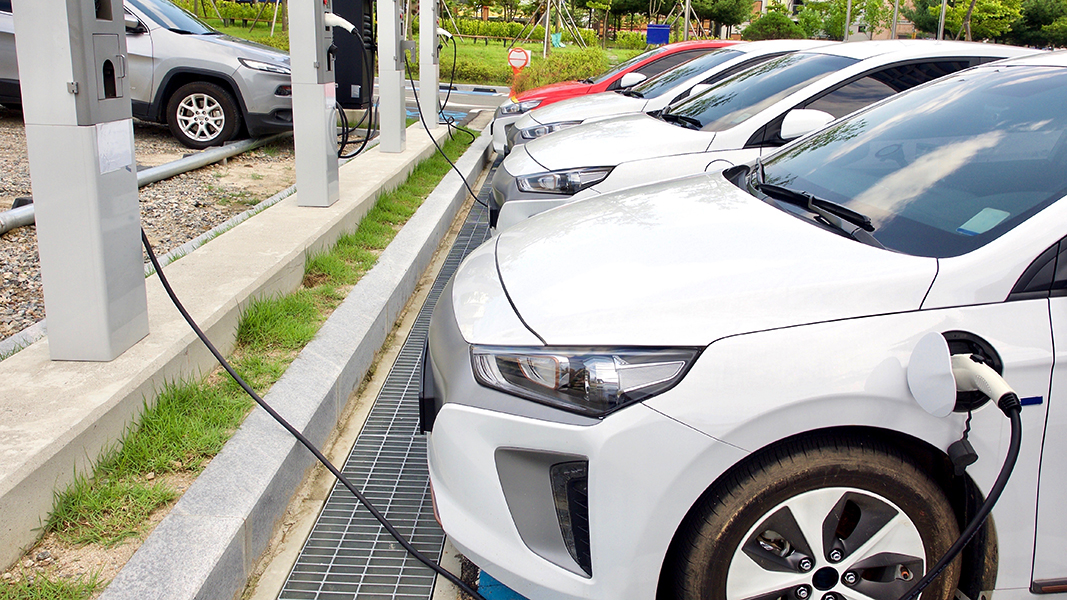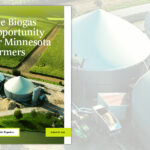Rep. John Garamendi (D-CA) introduced H.R. 5899, the “Biomass and Biogas for Electric Vehicles Act,” which if passed, will require the U.S. EPA to provide for the generation of Renewable Identification Numbers (RINs) for electricity from biogas and renewable biomass, including woody biomass. Known as the “e-RIN pathway” in the Renewable Fuel Standard (RFS), the agency has stalled its activation for many years. H.R. 5899 “directs the EPA to extrapolate the percentage of total U.S. electricity generation used for charging electric vehicles,” explains an article in Biomass Magazine. “The agency would then set a quarterly quota for each biomass facility registered under the program, limited by each facility’s maximum design capacity. The bill would also grandfather any renewable biomass, biogas or waste-to-energy facilities that can prove definitively the electricity generated is used as transportation fuel, such as those with on-site electric vehicle charging stations. In addition, the bill would require EPA to review all pending applications for renewable electricity under the RFS program in a timely manner and make a final decision.”
A press release from Garamendi’s office indicates some RFS pathway petitions for biomass electricity have been pending for more than seven years, and that EPA previously identified inadequate staffing and agency resources as major impediments to approving eRIN applications. The EPA currently requires facilities to prove with perfect traceability that electricity generated is used as a transportation fuel to participate in the RFS program. “Most biomass facilities, however, sell electricity to the grid and cannot prove definitively that each electron generated is used exclusively by electric vehicles,” according to the Biomass article.
“I have long supported a utility-scale subsidy for biomass electricity to incentivize proper forest management and much-needed hazardous fuels reduction in fire-prone states like California,” explains Garamendi. “As California and neighboring states face increasingly severe and year-round fire seasons, this will help to reduce the artificially high levels of biomass on our forestlands due to man-made climate change, drought, invasive species like bark beetle outbreaks, and years of mismanagement. Renewable electricity from biomass and biogas helps reduce our nation’s greenhouse gas emission and transition to a clean energy economy.”













